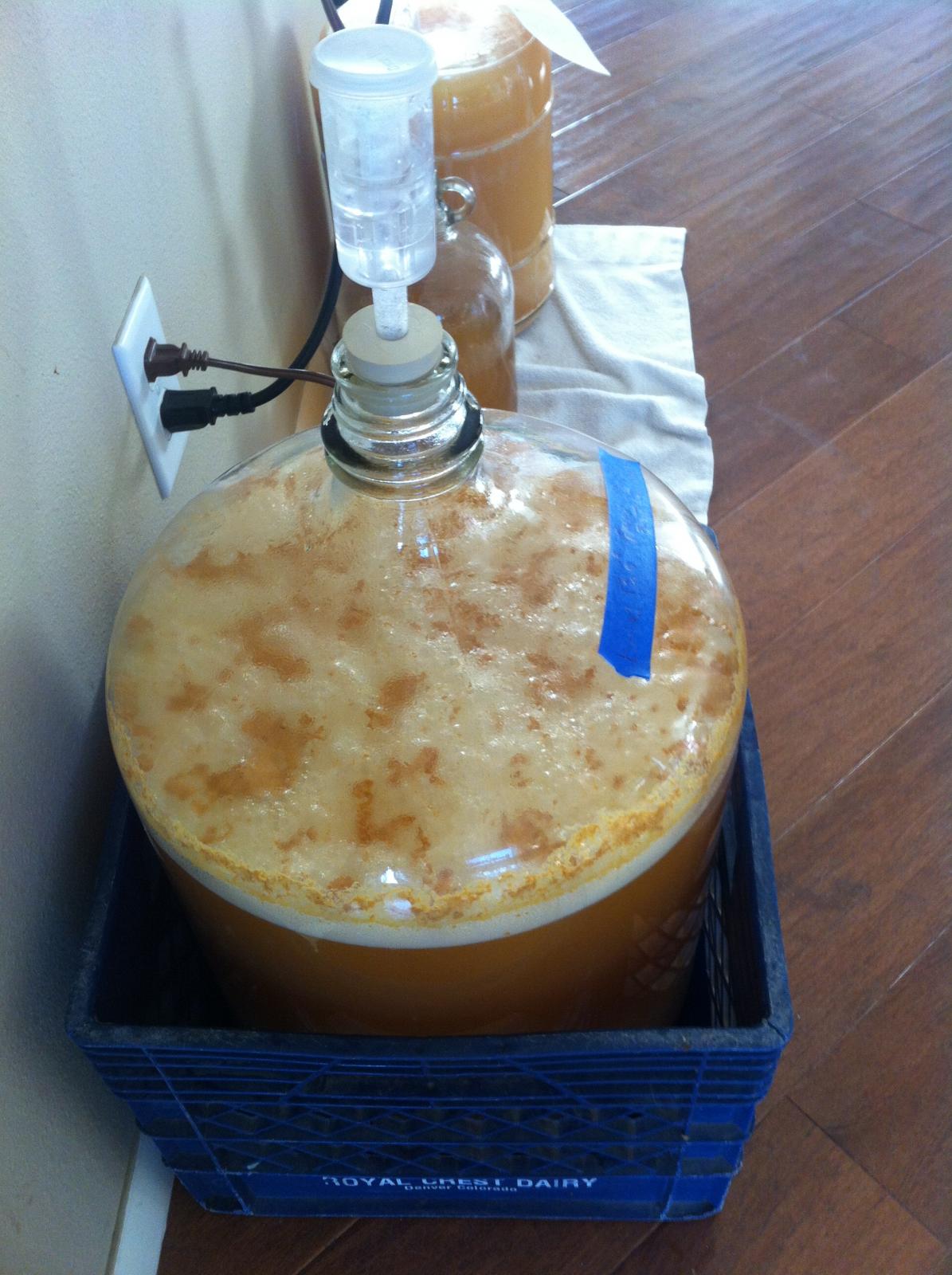OffbeatBrew
Well-Known Member
So on saturday I pressed a little over 2 gallons of my prettiest, cleanest, and blemish free apples that I picked around town and let it sit for 36 hours by itself to hopefully get the good wild yeasts going. At the same time, I pressed some more questionable (but not moldy, rotting, or gross) apples for a little more than 4 gallons in a different container. pH was pretty low on that (if my new / cheapish pH meter is useful at all, in the range of 3.2?) and I also added 6 campden tablets. After the 36 hours, I racked the sulfited cider into the "wild" 2 gallons.
I had been under the impression that after 24 or so hours, the sulfur dioxide is "gased" off, but after reading some more credible sources, it seems that it stays in solution, either free or bound. So I essentially mixed some crushed Campden tablets into what I was hoping for an awesome spontaneously fermented cider.
The question is, will I still be able to get a healthy wild yeast population fermenting the cider? did those 36 hours separate allow for the wild yeasts to get to an adequate population, and for enough of the sulfite to get bound for this to be a wild cider?
I had been under the impression that after 24 or so hours, the sulfur dioxide is "gased" off, but after reading some more credible sources, it seems that it stays in solution, either free or bound. So I essentially mixed some crushed Campden tablets into what I was hoping for an awesome spontaneously fermented cider.
The question is, will I still be able to get a healthy wild yeast population fermenting the cider? did those 36 hours separate allow for the wild yeasts to get to an adequate population, and for enough of the sulfite to get bound for this to be a wild cider?


